Posted by admin on February 25, 2014
In a previous post, I talked about container gardening. Containers are a great way to grow flowers, vegetables and herbs. But perhaps you want something bigger or more permanent. While you could buy a rototiller and start digging up your yard, a much better solution would be to install a raised bed garden.
What is a raised bed garden? Well it is very simple. It is a garden bed where the soil level is higher than that on the paths and yard around them. They can be any size, shape or height that you desire and can even be built in a way that makes them wheelchair accessible. They can be built with a wide variety of materials and can be as spartan or as decorative as you wish. You are only limited by your imagination. Here are some great examples to get you thinking about what you could do in your own garden.
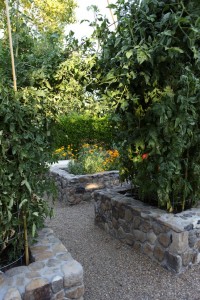
Raised beds made out of beautiful stone.
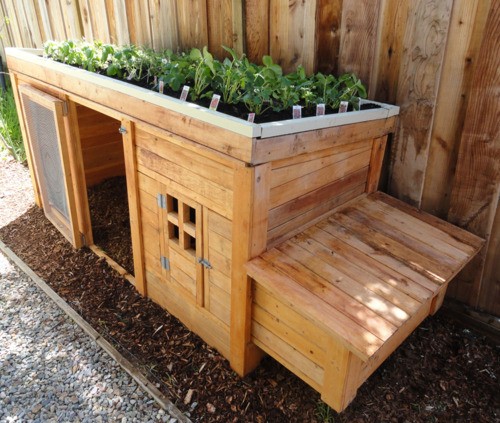 Raised bed garden on top of a chicken coop! This is a great idea.
Raised bed garden on top of a chicken coop! This is a great idea.
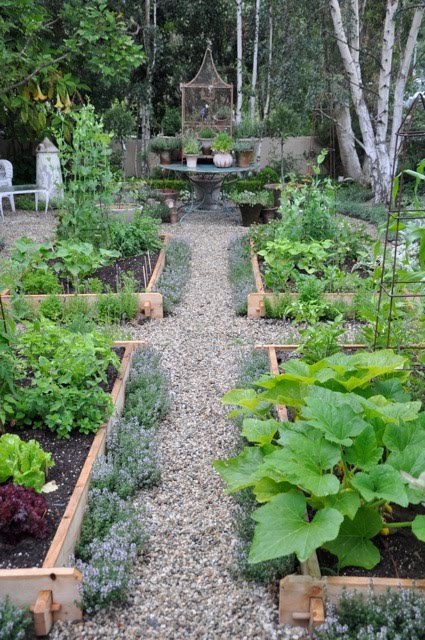 An enchanting raised bed garden.
An enchanting raised bed garden.
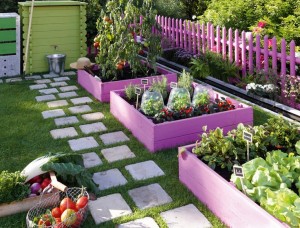
A colorful raised bed garden! Kids would love to help you garden here.
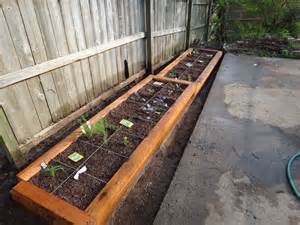 Fitting a raised bed garden in along a fence line.
Fitting a raised bed garden in along a fence line.
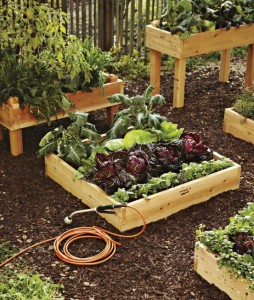
A raised bed garden with different sizes and heights.
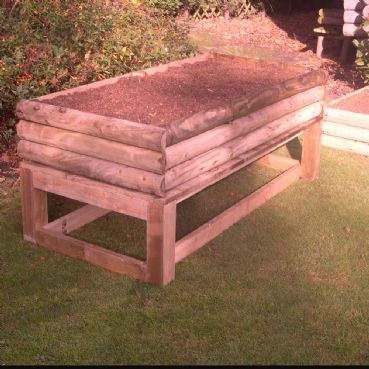 A rustic raised bed garden that would eliminate stooping!
A rustic raised bed garden that would eliminate stooping!
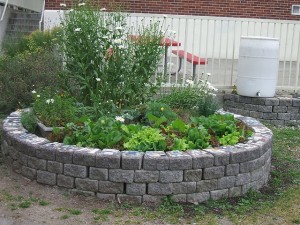
A round raised bed garden made out of landscaping stones. Check out the rain barrel as well!
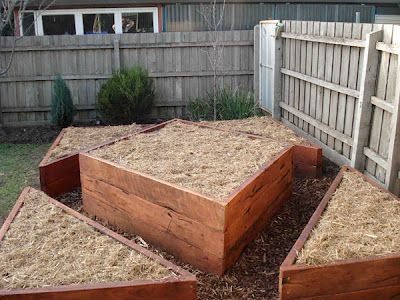 Custom shaped raised beds.
Custom shaped raised beds.
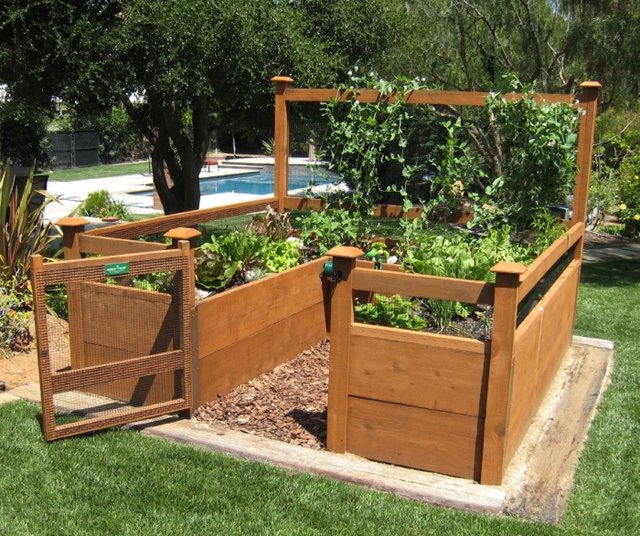 A keyhole style raised bed with a trellis. Great for a small space.
A keyhole style raised bed with a trellis. Great for a small space.
As you can see, there are endless ways to incorporate raised beds into your landscape, but just what exactly are the benefits of raised bed gardening you may be asking? Well, there are several.
First of all, and probably the most importing reason, is the soil. Since you will be filling the raised bed yourself, it becomes an opportunity to get high quality soil and a custom blend of fertilizer and amendments for your specific growing needs. This is especially important if you live in an area with poor or rocky soil which would make digging up a garden difficult. With a raised bed garden, there will be no digging,no rototilling or any other back breaking labor. While the initial filling will involve a little work, once your bed is filled, it will only require once a year amending with a good compost.
The second advantage to a raised bed garden is the ability to tailor it to your specific needs. If you have a problem with critters digging from underground, you can put hardware cloth under your raised bed to thwart their activities. A raised bed garden enables you to screen it in to protect it from birds, squirrels and other critters that would love to eat what you grow. You can also extend your growing season with a raised bed garden by installing row covers or even adding a cold frame on top of your raised bed. All of these things are easier to do with a raised bed garden. Here are some examples.
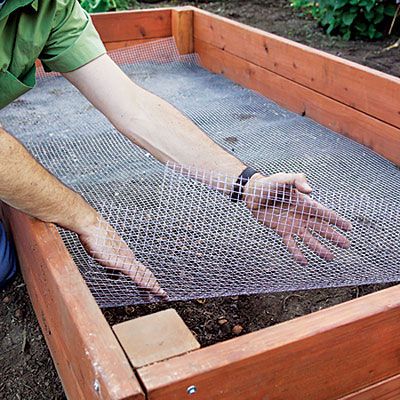 Lining your raised bed with hardware cloth to prevent critters from digging in from underneath.
Lining your raised bed with hardware cloth to prevent critters from digging in from underneath.
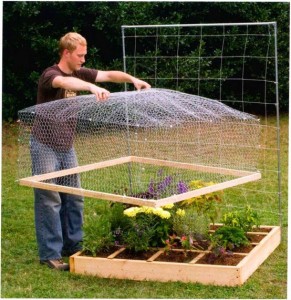
Wire frame to set over the raised bed garden to keep critters and birds out.
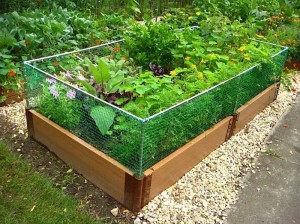
Fenced in raised bed to keep animals out.
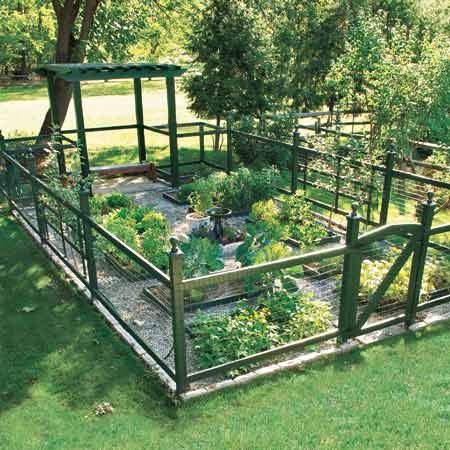 A totally enclosed raised bed garden.
A totally enclosed raised bed garden.
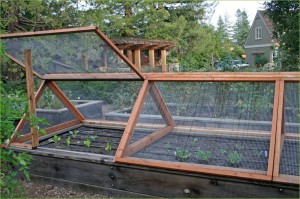
Raised bed garden with screened A frame. Would be easy to throw plastic over this as well.
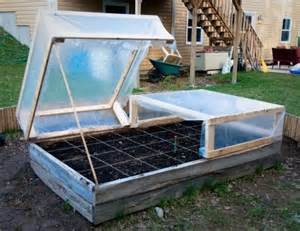 Plastic covered frames for raised bed garden act as a greenhouse.
Plastic covered frames for raised bed garden act as a greenhouse.
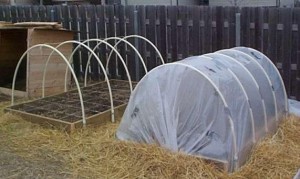
Hoop covers made from PVC pipe for raised beds.
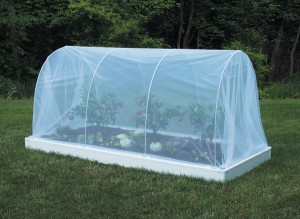
Enclosed raised bed garden.
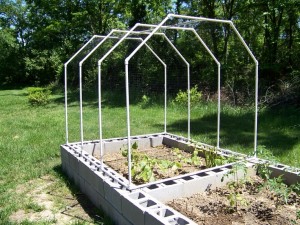
PVC pipe frame over a raised bed ready for plastic to be added.
So I think this gives you enough to think about for one post! Next time I will discuss the drainage and yield aspects of raised bed gardens. Stay tuned!
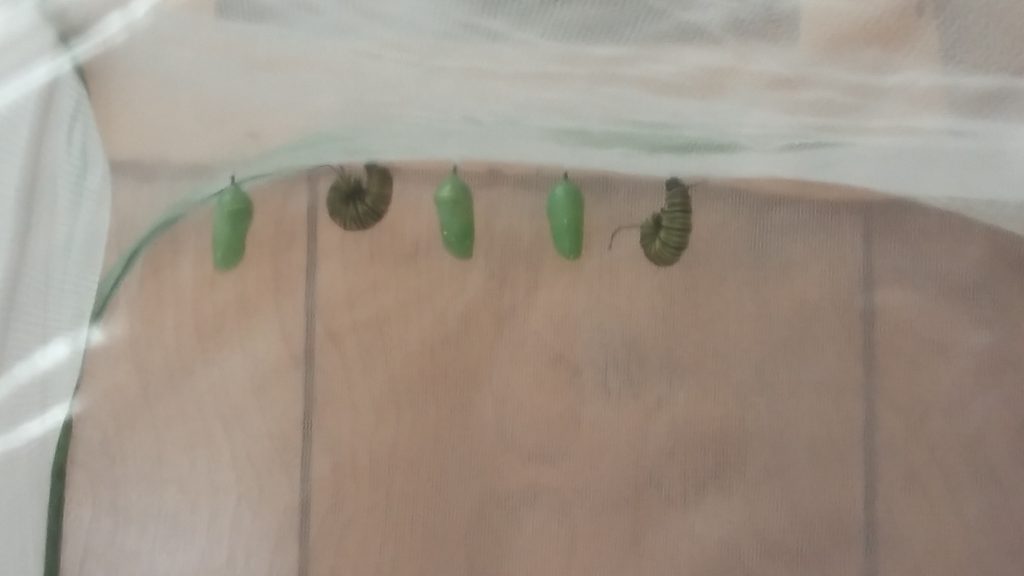
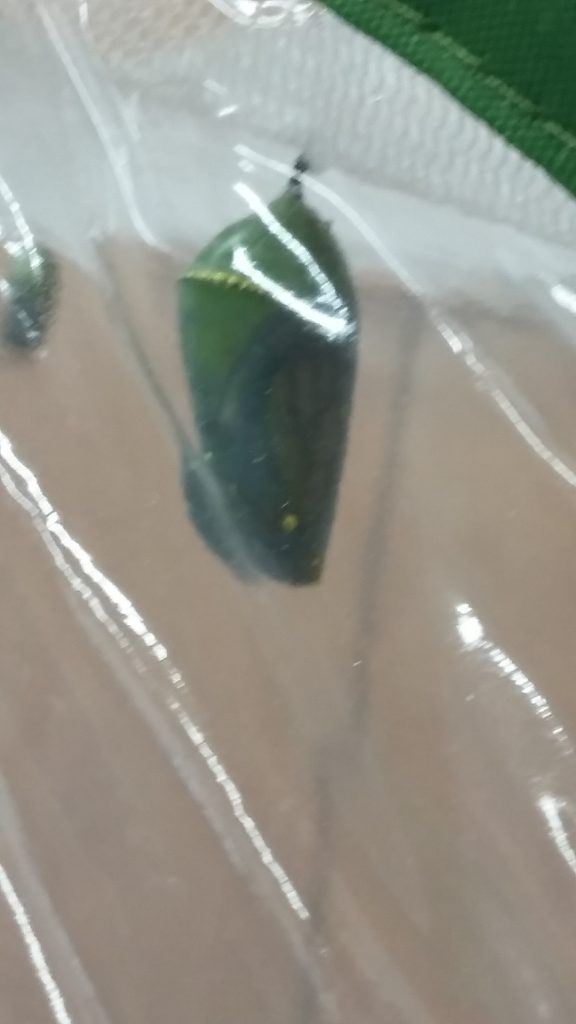
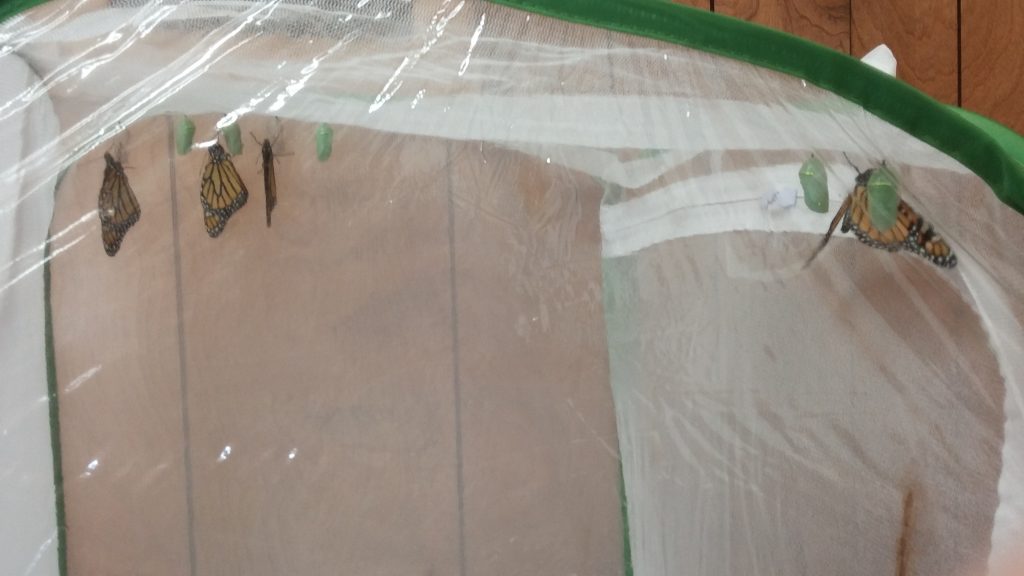
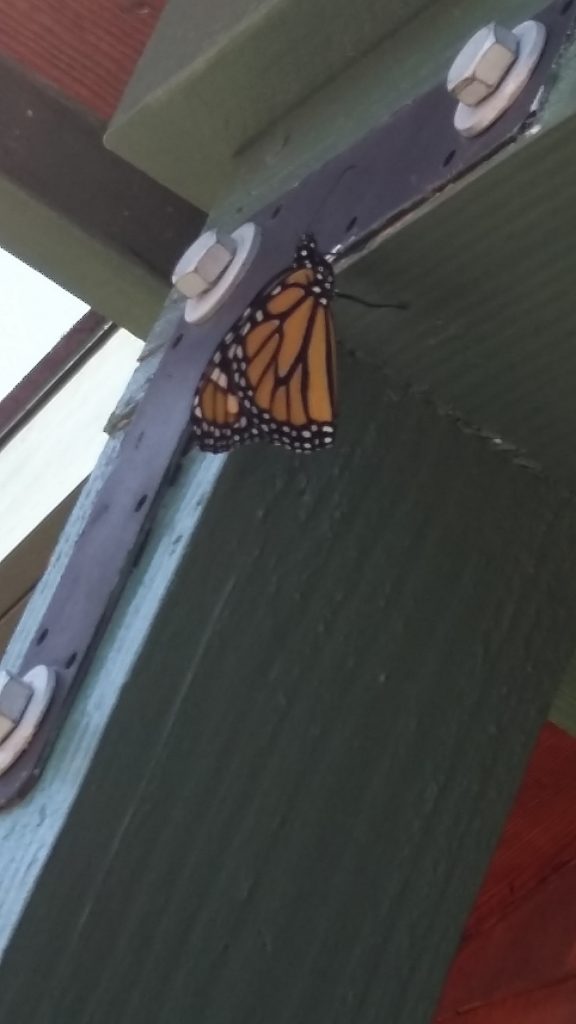

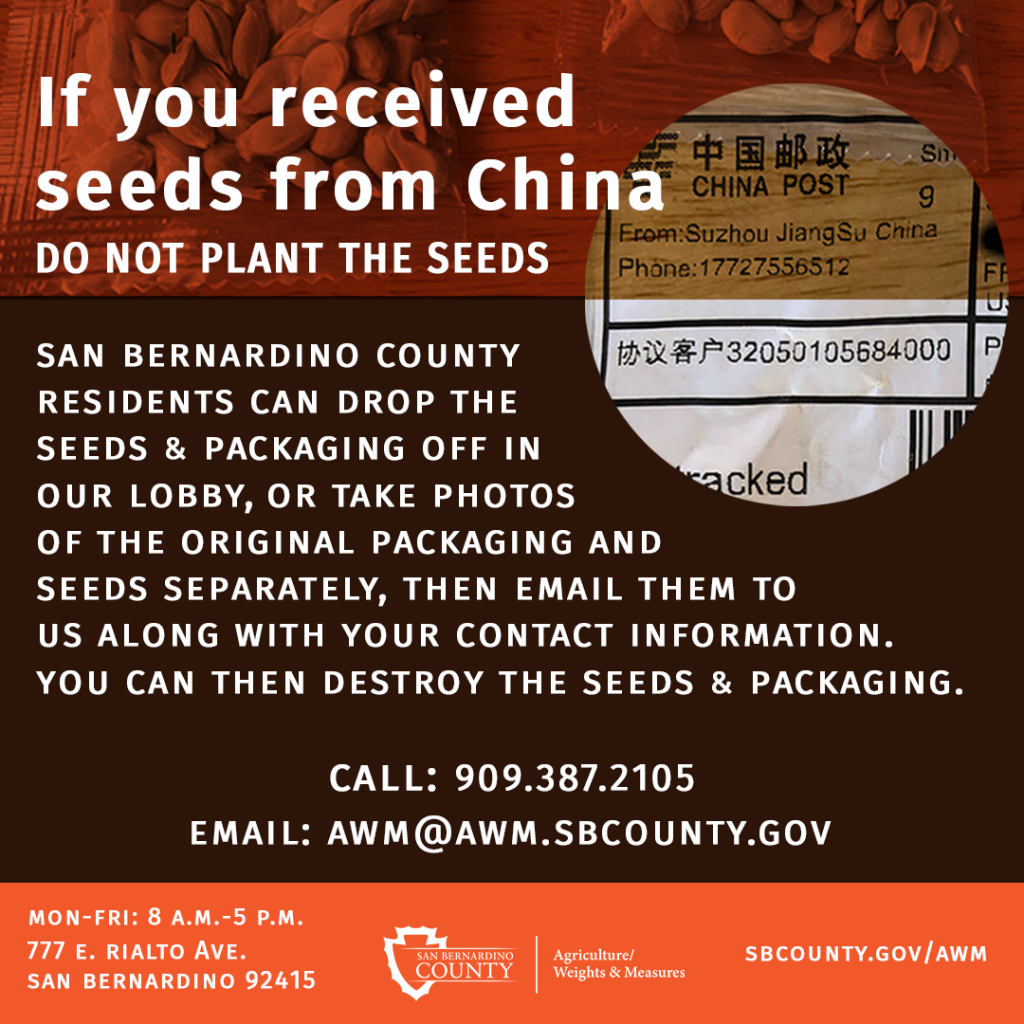
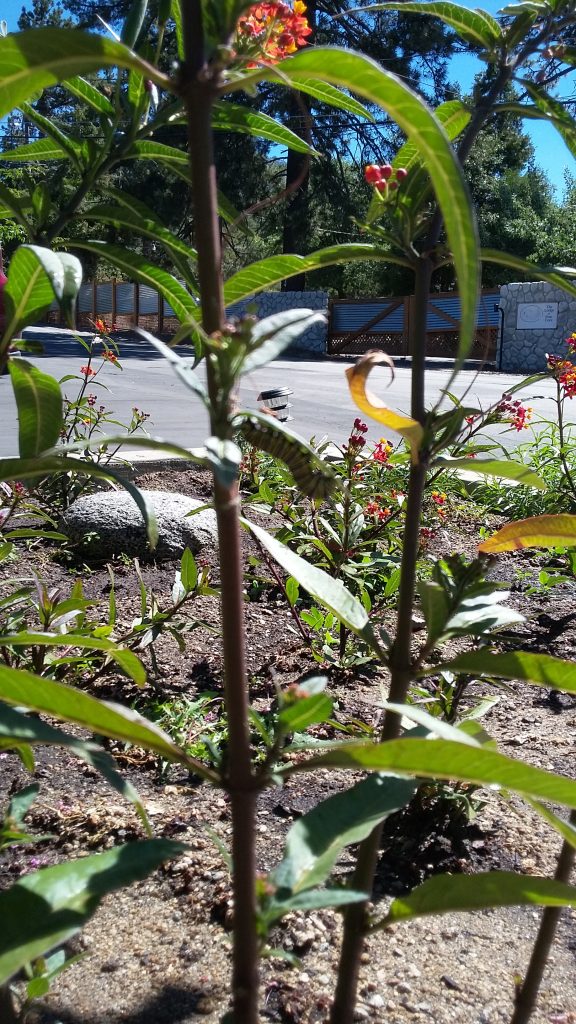
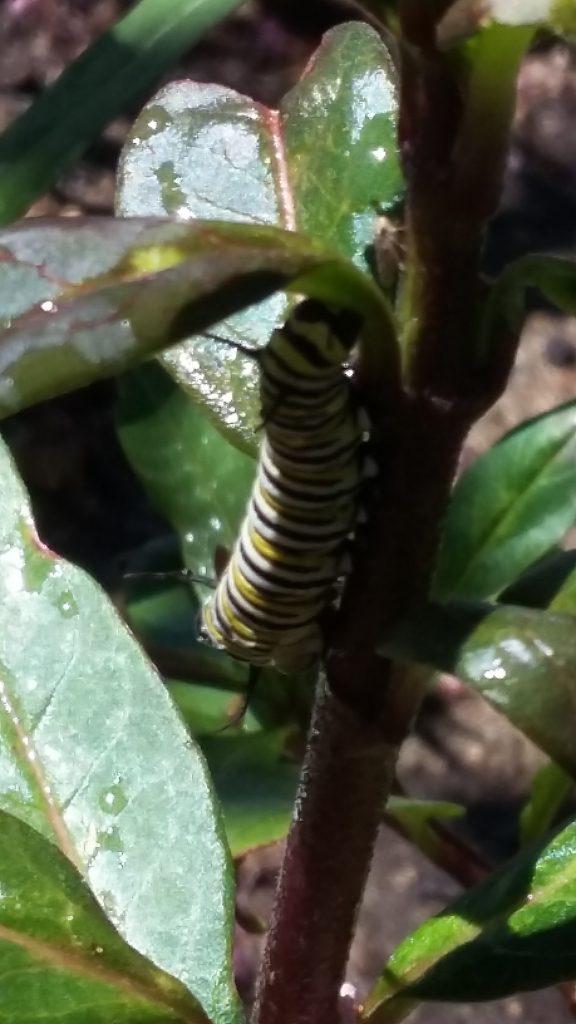
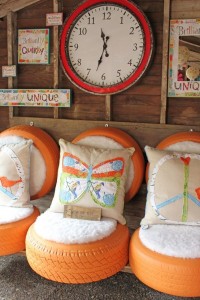
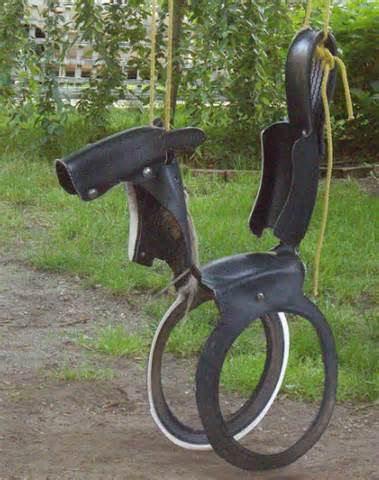
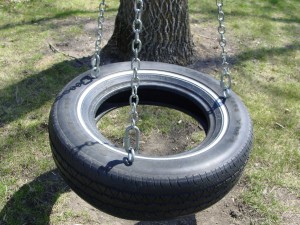
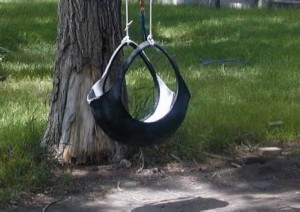
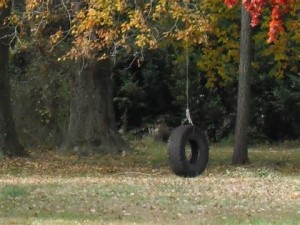
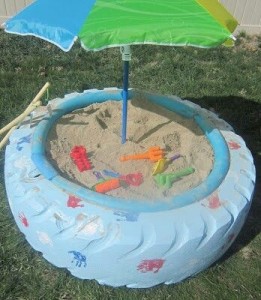
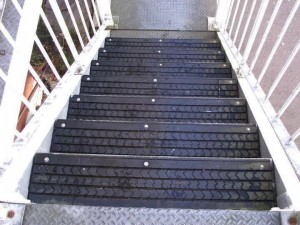
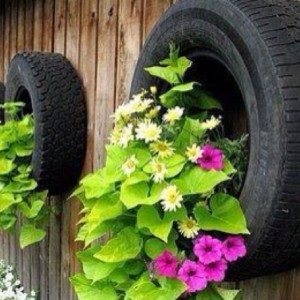
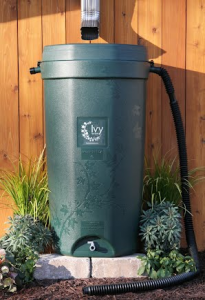
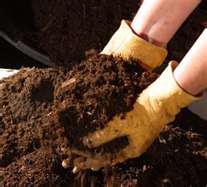
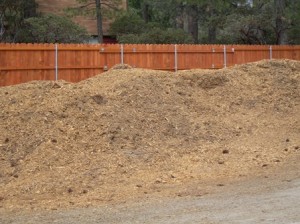
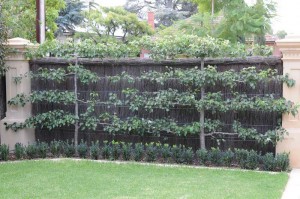
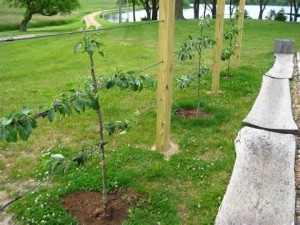
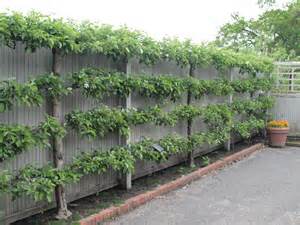
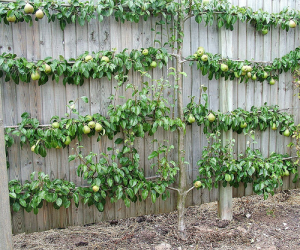
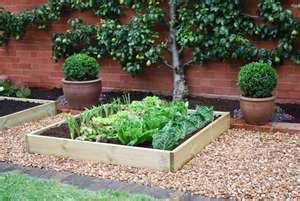









 A keyhole style raised bed with a trellis. Great for a small space.
A keyhole style raised bed with a trellis. Great for a small space.







